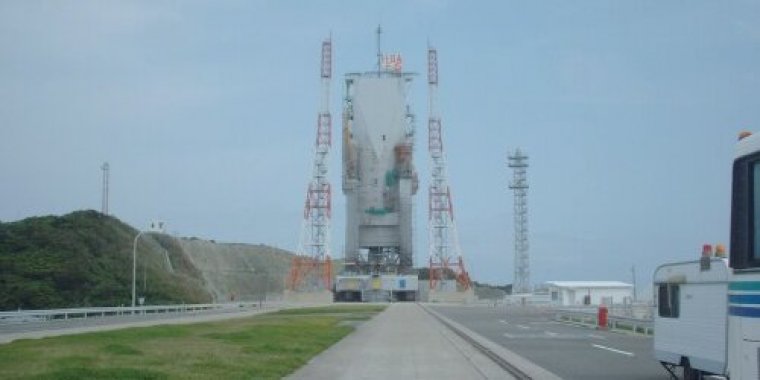| News / Science News |
Satellite made by Brazilian junior high students launched in Japan
A satellite developed by junior high school children from Ubatuba, São Paulo state, was launched to the International Space Station (ISS) from Tanegashima Space Center, Japan, on Friday (Dec. 9).

Tanegashima Space Center. Image credit: Tubame2004/Wikimedia Commons (CC BY-SA 3.0)
Named UbatubaSat, the students' satellite can be the first fully Brazilian satellite to operate in orbit, where it will be able to measure the distance of space probes, detect forming space bubbles, communicate with amateur radio operators, and send messages recorded by students.
The idea for the project emerged in 2010 when Cândido Osvaldo de Moura, a Physics teacher, learned that a US company was working on a launch vehicle and selling assembly kits for small satellites that could be launched by the company.
The satellite took three years to complete. The building stage was led by six students, but a total 400 worked on the project, which involved other science activities as well. (Agência Brasil)
YOU MAY ALSO LIKE





